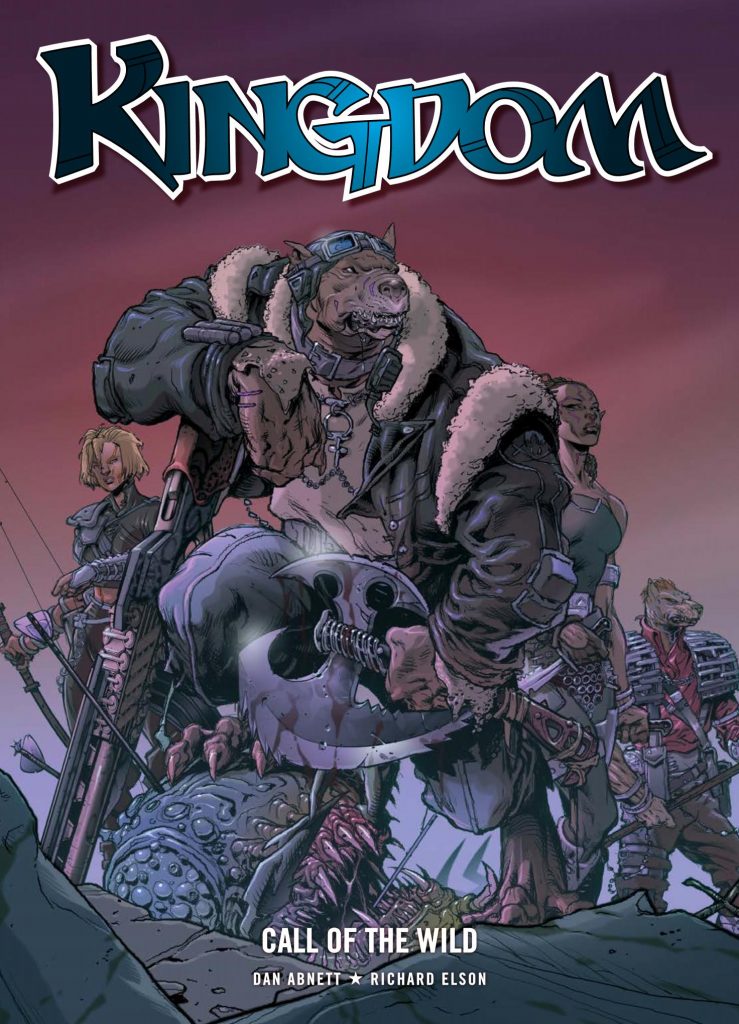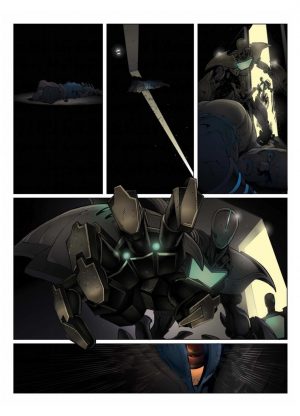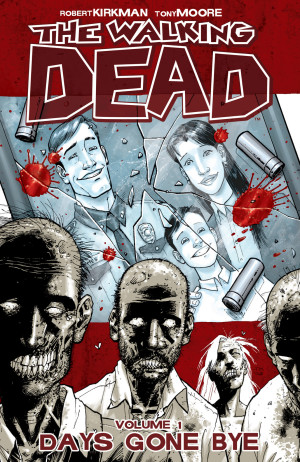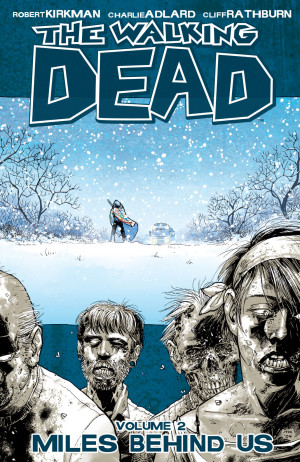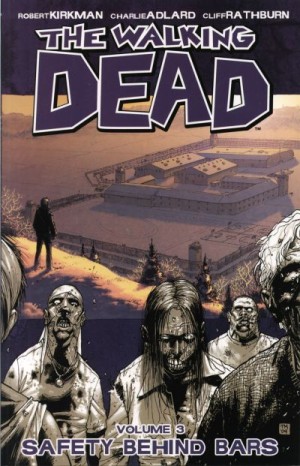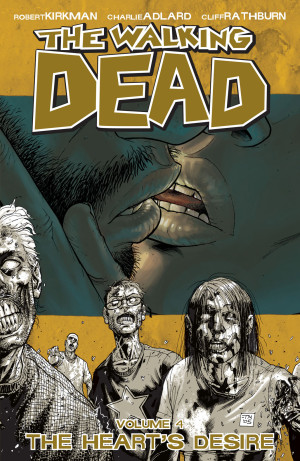Review by Karl Verhoven
Gene was once a Hackman, not bio-engineered with the greatest intellect, but with heightened instincts and formidable combat skills. As seen in The Promised Land, the future’s unpleasant and over-run with feral giant insects, and the society he and his pack protected is no more. Gene now wanders around accompanied by the young Lee Sowers in a sort of mixed-up version of George and Lennie from Of Mice and Men.
They’ve now reached Auxtralia, but Dan Abnett doesn’t vary the formula greatly from the first time around, providing Gene with new allies and plenty of new monstrous insects for Richard Elson to draw. Elson does this with some imagination, especially good when it comes to making Rex convincing, the head of the new pack Gene hooks up with. The art excelling at the fantasy slaying can now be taken for granted, but both stories in Call of the Wild need more artistic detail than before, and Elson puts in the effort to ensure the locations reflect the devastation they’ve endured.
Auxtralia provides more human contact even if Gene considers “Your mouth is full of wrong”, and following the by now expected pattern, Gene reaches somewhere that looks promising, but doesn’t work out. It’s a formula repeated in the second story ‘His Master’s Voice’, but Abnett ensures the differences outweigh the similarities.
A sly sense of humour characterises Kingdom. Abnett is well aware fewer than seven stages of separation connect Gene to the Hulk, so he introduces a military man who believes he can control Gene. Instead of duplicating the Hulk/Thunderbolt Ross dynamic, though, it’s as a way into explaining the last years of humanity before the devastation. Using some clever segues Abnett stitches past and present together while also building up the future. We learn what Gene is and how he was created and Elson’s solid storytelling ensures there’s no confusion while still giving us threatening monsters.
Both stories deliver the intended action in desperate times, and Kingdom continues with Aux Drift.
